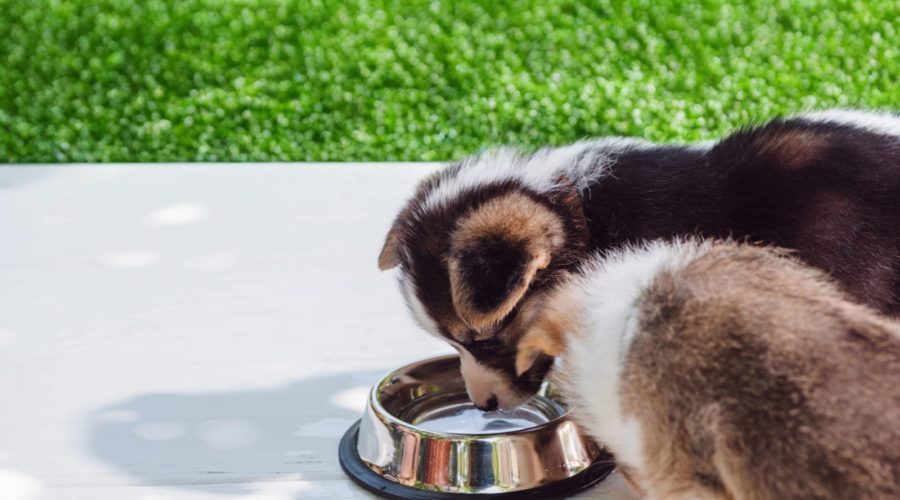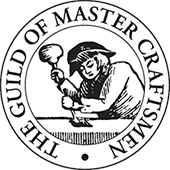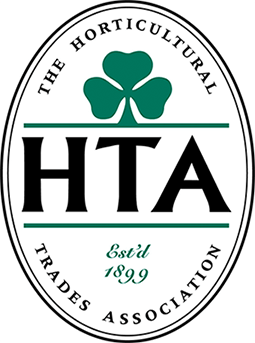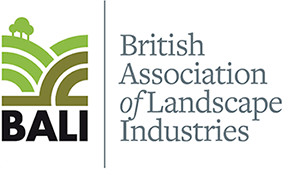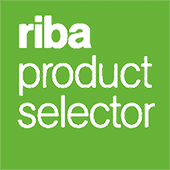Pet owners want a green, safe, low-maintenance outdoor space for their animals. Artificial grass can deliver that when installed and maintained correctly. This guide covers drainage, infill choices, cleaning routines, durable product picks and real customer stories — using practical advice aligned with Easigrass expertise.
Why artificial grass works well for pets
- Durability and resilience: Modern turf fibres are hard-wearing and retain their shape after pawing and play.
- Clean look year-round: No muddy paws, no dead patches from urine, and fast drying.
- Low maintenance: No mowing, limited watering and simple cleaning.
- Safe materials: Reputable suppliers (including Easigrass) specify non-toxic yarns and backing systems.
Design and installation fundamentals for Pet-friendly artificial lawns in Hull
Correct preparation and installation are vital to avoid odour, pooling and premature wear.
Base and fall off
- Create a solid, well-draining base. Excavate to the depth required (commonly 80–120 mm depending on soil and use) and install a compacted sub-base of crushed stone or MOT Type 1.
- Ensure a slight fall (minimum 1:100) away from the house to encourage runoff and prevent ponding.
Permeable layers
- Use a free-draining layer (sharp sand or a coarse crushed stone) immediately under the turf to help liquids disperse.
- Choose a turf with a permeable backing or fitted with drainage holes to speed up through-flow.
Edging and seams
- Install durable edging (concrete, timber or metal) that prevents lateral movement and keeps the base intact.
- Seams should be glued and joined correctly using industry standard adhesives and joint tape to avoid gaps where fouling can accumulate.
Best infill options for pet areas Infill improves aesthetics, fibre support and drainage. For pet areas select infill that helps control odour, stabilises fibres and is safe for animals.
Good drainage reduces standing urine and dramatically lowers odour risk. Pair drainage with cleaning routines and odour-absorbing materials.
Design features for Pet-friendly artificial lawns in Hull
- Perforated backing and a drained base: ensure turf passes liquids through into the sub-base quickly.
- Slope and soakaway: if site conditions allow, direct runoff to a soakaway or pervious area.
- Drain mats or drainage channels: useful in high-use zones or smaller gardens.
Cleaning and maintenance routines
A straightforward cleaning schedule keeps the lawn hygienic and looking new.
Daily / after use
- Remove solid waste promptly and rinse area with water.
- Brush fibres upright if pets create flattened paths.
Weekly
- Rinse high-use areas and run a hose across the surface.
- Lightly sweep or brush to redistribute infill and restore pile.
Monthly / seasonal
- Apply a turf-friendly odour neutraliser or biological cleaner to heavy-use zones.
- Inspect seams, edges and base for wear; repair minor issues promptly.
Deep cleaning
- Pressure-wash at low setting if needed (avoid high pressure that can damage backing).
- For persistent odour, use enzyme cleaners and allow thorough rinsing.
Product picks
Choosing the right Easigrass-style turf – When selecting turf, consider pile height, density, fibre type and backing.
Recommended characteristics for pet-friendly turf
- Medium pile height (20–35 mm) balances comfort, resilience and ease of cleaning.
- High stitch rate and density for durability and to resist matting.
- Textured or curled fibres that hide wear and maintain appearance.
- Permeable backing with proven drainage rates.
Easigrass products
- Easigrass offers a specific product designed for pet-friendly artificial grass in Hull.
Frequently asked questions
- Will artificial grass stop my dog urinating? No — but good drainage and cleaning reduce odour and staining.
- How often should I rinse? After heavy use or daily for multiple pets, weekly for light-use gardens.
- Can my dog dig through it? Some dogs will try. Secure edges, use a secondary deterrent or consider a buried barrier if necessary.
- Is infill safe if eaten? Most infills are non-toxic but can cause gastric upset if ingested in quantity. Use low-loose infill systems for determined chewers.
Conclusion
A pet-friendly artificial lawn depends on correct base construction, permeable turf, appropriate infill and simple cleaning routines. Choose durable, high-density turf and an odour-absorbing infill (zeolite or calcined clay), ensure good drainage and maintain a regular rinsing and enzyme-cleaning habit. These steps deliver a long-lasting, attractive outdoor space your pets (and you) will enjoy.
[forminator_form id=”9765″]



